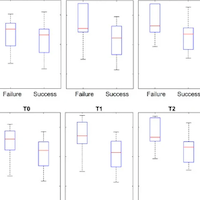Pulse oximeter as a sensor of fluid responsiveness: do we have our finger on the best solution?
ncbi.nlm.nih.gov
Additional studies – including volume challenge – are mandatory if we are to determine whether respiratory variation in pulse oximetry really can predict volume responsiveness in mechanically ventilated patients without arrhythmias or inspiratory effort.
In such studies it would be important to seek a threshold value of ΔPOP that permits acceptable prediction and to investigate whether this value differs between pulse oximeter models, because their signal processing software may differ.
Finally, it would be important to determine the extent to which ΔPOP is able to decrease in parallel with the increase in cardiac output that occurs after volume loading.
Achievement of these objectives is mandatory before oximetry waveform variation can be recommended as a guide to fluid therapy in mechanically ventilated patients in intensive care units and operating rooms, in the same way that arterial pulse pressure variation and other heart–lung interaction indices are currently used.
















